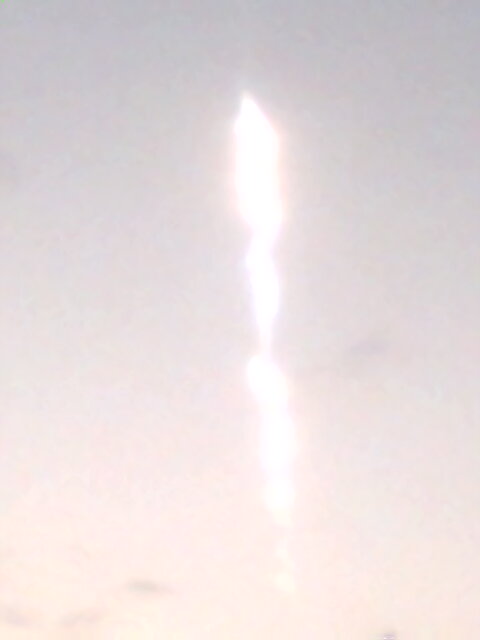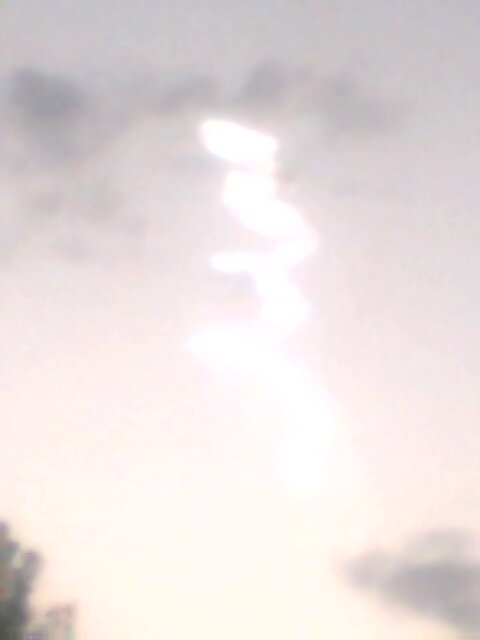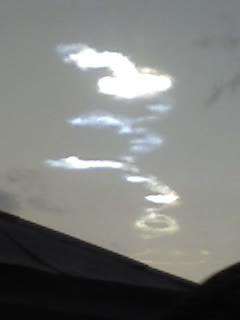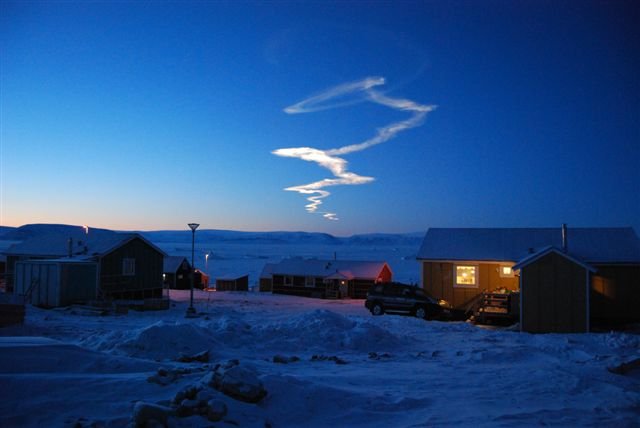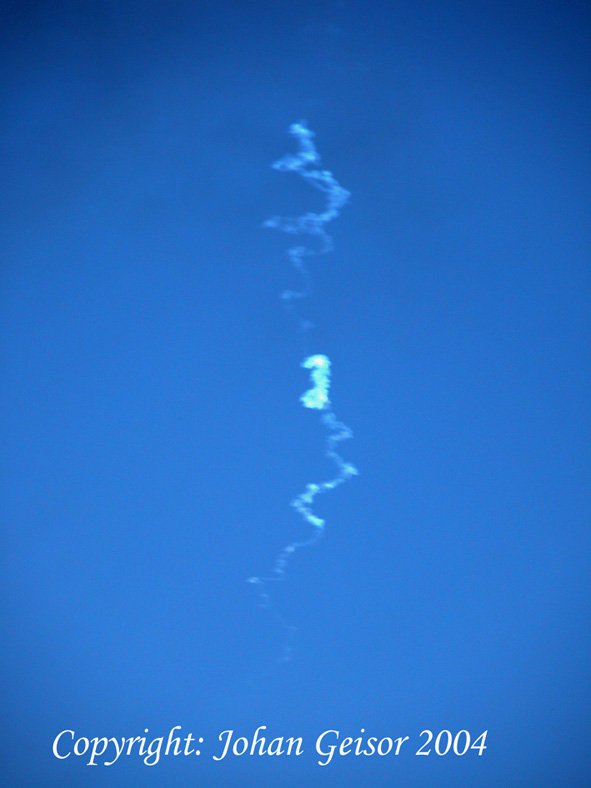It looks like you're using an Ad Blocker.
Please white-list or disable AboveTopSecret.com in your ad-blocking tool.
Thank you.
Some features of ATS will be disabled while you continue to use an ad-blocker.
share:
Originally posted by C.H.U.D.
reply to post by chicofernet
Not connected with the topic unfortunately. That's a sun-lit contrail, and we get them on ATS all the time. That is an exceptionally bright one though I have to say!
If it is a Contrail, were is the wings on the plane? Also I think it is the second picture in the set, but I just spent the weekend at a airshow with some of the best pilots in the world, none could make thier planes move like that.
[edit on 8-10-2008 by thatguy51]
Originally posted by thatguy51
If it is a Contrail, were is the wings on the plane? Also I think it is the second picture in the set, but I just spent the weekend at a airshow with some of the best pilots in the world, none could make thier planes move like that.
Do you honestly think that a meteor could make maneuvers that a plane could not?
OK, first off, this plane is at relatively high altitude. If you watch planes flying at altitude, and the contrails that form, the contrails often get kinks in them due to wind-shear. That is what we are seeing here.
Secondly, for this effect to occur, the plane must be heading away from the observer (more or less) and towards the same horizon where the sun is (either setting or rising). If the sun is not just below the horizon, then the angle won't be right, and the sun light won't reflect off the contrail. Notice how the the color of reflected light from the contrail matches that you'd expect to see from sun-lit clouds in a sunset/sunrise! You'll only ever come across this type of photo/footage during a sunset/sunrise. It's a dead give away!
Because, the plane is heading away from you, and is very far away, you won't see the wings since it's like trying to see a sheet of A4 paper from 1000 m away when you are looking at it "edge on" - just like this, wings are simply too thin to resolve at such distances and angles. It also may be the case that the contrail is itself hiding the wings.
Thirdly, what really gives this away as an obvious contrail, is that there are two parallel trails running along side each other in all the close-ups. This leaves absolutely no doubt in my mind (if there was any before!) that this was caused by a jet. Meteors would never leave such a dual-trail, where as this is typical from sun-lit contrails!
Fourthly, and I'm sure the OP will confirm this - the object would have been moving slowly "downward" in the footage. Meteors are much faster, and the trails they leave behind tend to drift very slowly, gradually becoming more twisted and contorted due to extreme high altitude winds. This process looks completely different to what we see here, with fresh contrail being laid down, and the older parts fading away.
Here are numerous examples of sun-lit contrails to prove my point:
video.google.co.uk...
uk.youtube.com...
uk.youtube.com...
video.google.co.uk...
uk.youtube.com...
uk.youtube.com...
uk.youtube.com...
Here are some photos of "smoke-trails" left by large meteors.
This sequence of 3 photos from a fairly recent bolide in Afghanistan shows how a smoke train evolves.
Another one from earlier in the year, over Greenland this time.
Lastly, one from 2004.
The trails themselves are actually self luminous and can be seen despite the position of the sun, and even if the sky is pitch black. Notice how contorted they get over time, due to high altitude winds, and because the meteor has passed though many layers of atmosphere, each doing its own thing, and going it's own way. Smoke trains literally get torn apart from all directions.
Hopefully the differences are clear for everyone now.
This sequence of 3 photos from a fairly recent bolide in Afghanistan shows how a smoke train evolves.
Another one from earlier in the year, over Greenland this time.
Lastly, one from 2004.
The trails themselves are actually self luminous and can be seen despite the position of the sun, and even if the sky is pitch black. Notice how contorted they get over time, due to high altitude winds, and because the meteor has passed though many layers of atmosphere, each doing its own thing, and going it's own way. Smoke trains literally get torn apart from all directions.
Hopefully the differences are clear for everyone now.
From Spaceweather.com.
"ASTEROID UPDATE: When asteroid 2008 TC entered the atmosphere over Sudan last week, "classified assets" were watching. Without naming names, the US government has released a summary of what they saw: "Sensors aboard US satellites detected the impact of a bolide over Africa on 7 October 2008 at 02:45:40 UT. Initial observations put the object at 65.4 km altitude at 20.9o N, 31.4o E. The object detonated at an altitude of approximately 37 km at 20.8 o N, 32.2o E. The total radiated energy was approximately 4.0X1011 joules, equivalent to ~0.1 kilotons of TNT."
"ASTEROID UPDATE: When asteroid 2008 TC entered the atmosphere over Sudan last week, "classified assets" were watching. Without naming names, the US government has released a summary of what they saw: "Sensors aboard US satellites detected the impact of a bolide over Africa on 7 October 2008 at 02:45:40 UT. Initial observations put the object at 65.4 km altitude at 20.9o N, 31.4o E. The object detonated at an altitude of approximately 37 km at 20.8 o N, 32.2o E. The total radiated energy was approximately 4.0X1011 joules, equivalent to ~0.1 kilotons of TNT."
reply to post by md11forever
I was wondering what happened. I found it rather odd that not one person took a picture or anything of it.
Makes sense now...we never saw anything because we were led to believe something completly different.
I hate it when this happens...Especially over silly things like this.
I was wondering what happened. I found it rather odd that not one person took a picture or anything of it.
Makes sense now...we never saw anything because we were led to believe something completly different.
I hate it when this happens...Especially over silly things like this.
reply to post by md11forever
I like the way they put it:
[edit on 15-10-2008 by C.H.U.D.]
I like the way they put it:
"classified assets" were watching. Without naming names, the US government has released a summary of what they saw
[edit on 15-10-2008 by C.H.U.D.]
new topics
-
Joe Rogan conspiracy (maybe)
ATS Skunk Works: 1 hours ago -
Results of the use of the Oreshnik missile system in Dnepropetrovsk
World War Three: 3 hours ago -
Nigel Farage now the Most Favoured UK Politician
Regional Politics: 5 hours ago -
Little Johnny and Larry should team up
General Chit Chat: 11 hours ago -
Will Us use alien technology to fight in ww3?
World War Three: 11 hours ago
top topics
-
Results of the use of the Oreshnik missile system in Dnepropetrovsk
World War Three: 3 hours ago, 10 flags -
Little Johnny and Larry should team up
General Chit Chat: 11 hours ago, 9 flags -
Will Us use alien technology to fight in ww3?
World War Three: 11 hours ago, 2 flags -
Nigel Farage now the Most Favoured UK Politician
Regional Politics: 5 hours ago, 2 flags -
Joe Rogan conspiracy (maybe)
ATS Skunk Works: 1 hours ago, 2 flags

